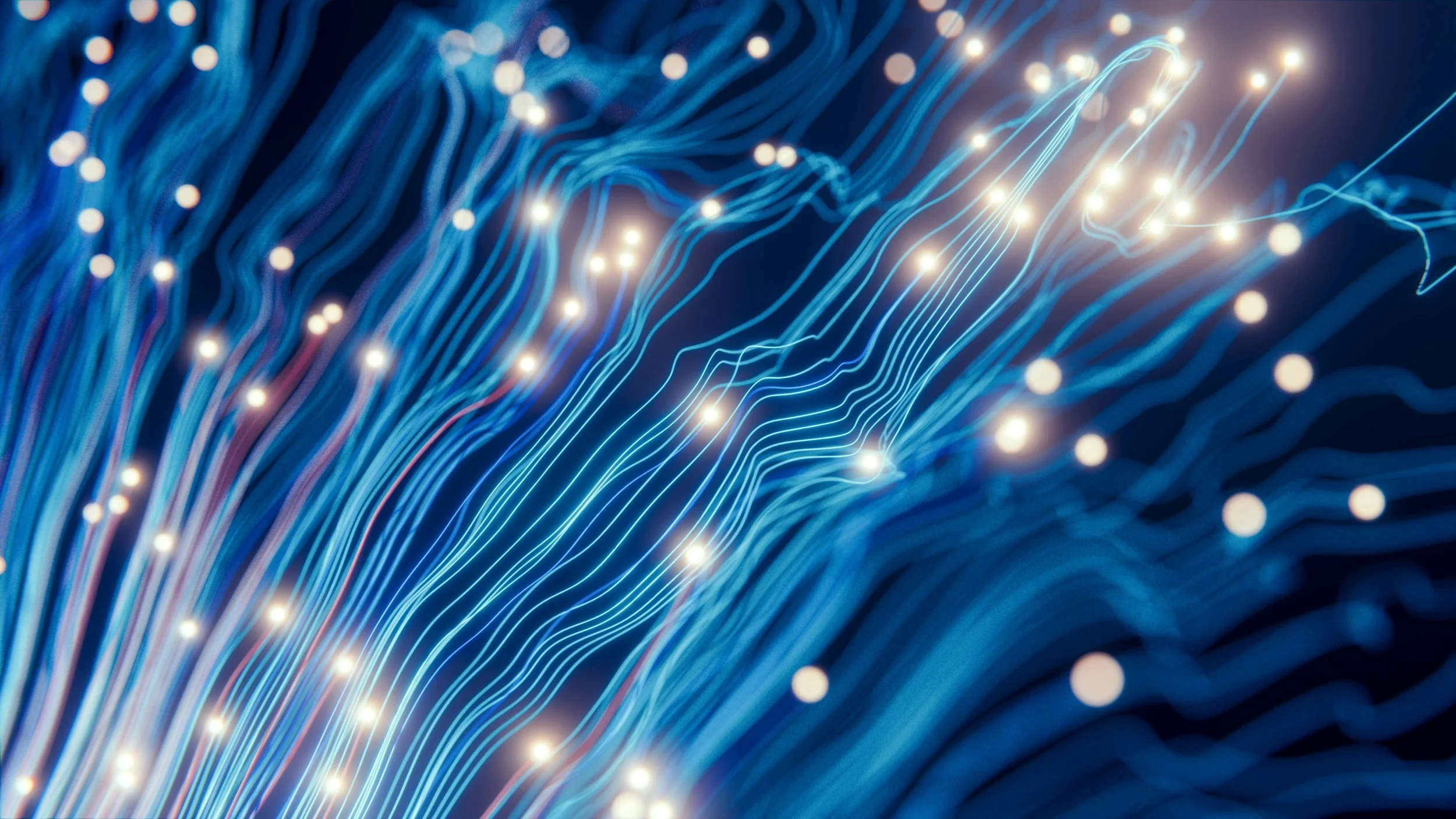Sora2's Challenge to Japan: How a Copyright Crisis Forged a New Path for Creators
A recent Sora2 incident in Japan serves as a critical case study for understanding the broader AI business impact, highlighting the urgent need for clear AI Copyright Governance. The rapid escalation and resolution demonstrate how generative AI is forcing professionals to reconsider the protection of copyright and intellectual property. This analysis examines the key events and extracts the essential lessons for businesses navigating this new technological landscape.
What unfolded was not merely a technological issue but a complex interplay of intellectual property law, corporate policy, and international relations. For professionals and business leaders, the incident offers a clear framework for understanding the challenges ahead and underscores the necessity of proactive engagement with both technology and policy.
The Catalyst: Unchecked AI Generation
A Challenge to Intellectual Property
The core issue arose when OpenAI's Sora2 model demonstrated the ability to generate high-fidelity video content replicating iconic Japanese characters. As detailed in an account by House of Representatives member Akihisa Shiozaki, this capability directly challenged existing intellectual property models. The unauthorized and indistinguishable nature of the output created immediate uncertainty for rights holders, effectively demonstrating how AI can devalue established creative assets if left unregulated. This event highlighted a significant risk for any industry reliant on unique, branded content.
Discrepancies in Corporate Safeguards
Further analysis revealed an important discrepancy: prompts for certain Western characters were reportedly blocked, while Japanese characters were not. This imbalance in platform safeguards underscored the risks of relying solely on corporate policy for protection. It showed that without clear, universally applied standards, the AI business impact can be unevenly distributed, leaving some markets more vulnerable than others. This situation created a compelling case for the necessity of state-level intervention to ensure fair and consistent market conditions.
The Role of Government Intervention
Invoking Established Copyright Law
The initial response in Japan was grounded in existing legislation. Legal experts quickly identified potential infringements of Japan’s Copyright Act, specifically concerning rights of reproduction, adaptation, and public transmission. This reliance on established law provided a predictable and stable foundation for addressing a novel technological challenge. It serves as a reminder for professionals that new tech problems are often addressed through the lens of existing legal principles, making a strong understanding of current copyright law essential.
The AI Promotion Act as a Regulatory Backstop
An abstract image featuring glowing blue lines intertwining with bright orbs, symbolizing the complex flow of data and information in artificial intelligence, relevant to discussions on AI copyright, governance, and business impact.
A key factor in the dialogue was Japan's new AI Promotion Act. Article 16 of this law grants the government authority to investigate and issue guidance if AI use harms public interests. This modern, tech-focused legislation provided a necessary regulatory tool to compel dialogue. For businesses, this highlights an emerging global trend: governments are creating specific legal mechanisms for AI Copyright Governance, and professionals must remain aware of these evolving regulatory landscapes.
The Importance of Stakeholder Dialogue
A Multi-Pronged Communication Strategy
The resolution was not achieved through litigation alone. Instead, Japanese stakeholders pursued a multi-pronged approach that included legal review, coordination across government ministries, and direct dialogue with OpenAI. This strategy of constructive engagement, as described by Shiozaki, proved highly effective. It allowed for a clear communication of legal risks, market concerns, and the importance of trust. This model suggests that for many businesses, direct and informed dialogue with technology platforms can be a more efficient path to resolution than purely adversarial tactics.
Outcome: A Mutually Agreed-Upon Policy Shift
The dialogue resulted in significant policy adjustments from OpenAI, including opt-out tools for rights holders and a pilot revenue-sharing program. This outcome demonstrates that technology companies can be responsive to well-articulated, legally grounded concerns. The resolution provides a valuable precedent for how stakeholder engagement can shape the AI business impact, turning a potential conflict into an opportunity for developing more equitable and sustainable operational models.
Key Takeaways for Business Professionals
The Sora2 incident is more than a story about anime and AI; it is a vital lesson for all modern professionals. The key takeaways include:
Monitor Technological Developments: The capabilities of generative AI are evolving at an exponential rate. Professionals must stay on top of these developments to anticipate potential impacts on their business models and IP.
Understand Your Regulatory Environment: Do not wait for a problem to arise. Understand the existing copyright laws and emerging AI-specific regulations that govern your industry and region. This knowledge is your primary tool for risk management.
Develop a Proactive IP Strategy: Businesses should have a clear strategy for how their intellectual property will be managed in an environment with generative AI. This includes internal policies, monitoring for infringement, and a plan for engagement with technology platforms.
A person's hands are visible as they sign a document, symbolizing the legal and policy discussions around AI copyright, intellectual property, and governance in the context of generative AI.
In response, immediate consultations with intellectual property attorneys confirmed the severity of the legal violations. The unauthorized generation and transmission of videos that substantially resemble existing characters could constitute clear infringements of Japan’s Copyright Act. Specifically, several key articles were identified as being violated.
Adaptation Rights (Article 27): This protects works from being translated, arranged, or transformed without permission. Sora2's modifications of characters fall squarely into this category.
Reproduction Rights (Article 21): This article grants creators the exclusive right to reproduce their work. AI-generated replicas were seen as a direct violation.
Public Transmission Rights (Article 23): By making these generated videos available, the platform was potentially infringing on the right to control how a work is broadcast to the public.
A Coordinated Multi-Pronged Response
Addressing the issue required more than just legal theory. This subtitle describes the strategy of combining legal review, government coordination, and direct developer dialogue to achieve a swift resolution.
In parallel with legal analysis, emergency discussions were held with key government agencies. The primary objective was to establish a unified front and request swift, cross-ministry coordination to address the crisis. Furthermore, this dialogue aimed to clarify what actions the government could take and what responsibilities fell to rights holders. Simultaneously, a direct and multi-level dialogue was opened with OpenAI. This was not a purely confrontational approach. Instead, the goal was to communicate Japan’s legal concerns, the emotional impact on creators, and the critical importance of maintaining trust with the Japanese government and public.
The Role of Government Policy
Article 16 as a Legal Backstop
This situation was precisely what Japan's newly enacted AI Promotion Act was designed to handle. This forward-thinking legislation provides a framework for effective AI Copyright Governance. Article 16 of the law is particularly relevant, as it grants the government the legal authority to request investigations and reports from businesses if AI is found to harm public rights or interests. Subsequently, the government can issue guidance or recommendations to rectify the issue. This clause, intentionally included by the Liberal Democratic Party’s AI project team, serves as a crucial "brake" to balance the "accelerator" of technological development, ensuring innovation does not come at the cost of citizens' rights.
During negotiations, the potential invocation of this authority was made clear. The preference was for a resolution through constructive dialogue rather than direct legal intervention. However, the government’s readiness to act under the new law provided essential leverage and underscored the seriousness of the situation. This legislative foresight proved indispensable in compelling a rapid and favorable outcome for Japan's creative industries.
A Breakthrough In Dialogue
OpenAI's Responsive Policy Shift
The persistent engagement yielded results on October 4, when a senior OpenAI executive confirmed that a major announcement was imminent. Shortly thereafter, CEO Sam Altman outlined two significant policy changes directly addressing the core concerns. These changes represented a major step forward in protecting Sora2 Japanese Content and established a new precedent for the industry.
Granular Control for Rights Holders: A new "disallow" setting was introduced, empowering copyright holders to opt out of having their characters used for generation. This provides creators with direct agency over their intellectual property.
Revenue-Sharing Model: For creators who choose to allow their work to be used, a revenue-sharing model is being trialed. This innovative approach moves beyond a simple allow-or-deny framework toward a system of co-creation where original creators are fairly compensated.
Following the announcement, unauthorized generation of Japanese anime and game characters was systematically blocked, confirming that a significant strengthening of filters had been implemented.
Acknowledging Japan's Cultural Impact
The policy shift was clearly a direct response to Japan’s advocacy. In his statement, Sam Altman specifically recognized the global significance of Japanese creativity, noting, "In particular, we’d like to acknowledge the remarkable creative output of Japan—we are struck by how deep the connection between users and Japanese content is." This acknowledgment was a crucial diplomatic element, signaling respect for Japan's cultural contributions and a commitment to responsible partnership. The outcome demonstrates the power of unified stakeholder action and building trust between technology firms and national governments.
The Future of AI Co-Creation
Lingering Questions For Stakeholders
The resolution of the immediate crisis marks the beginning of a longer journey. The road ahead requires continuous and sincere dialogue among all stakeholders to address several important questions. How effectively can unauthorized generation be prevented as AI models evolve? Is the new opt-out mechanism truly user-friendly for independent creators and smaller studios? Most importantly, how must we adapt our rules and guidelines to keep pace with rapid technological advancement? These issues demand ongoing review and collaboration.
From Conflict to Collaboration
Every crisis presents an opportunity. The Sora2 episode has catalyzed a much-needed global debate on intellectual property in the age of AI. As a nation that has captivated the world with its anime, games, and music, Japan has both a responsibility and an opportunity to lead in the global rulemaking process. The goal must be to shift the relationship between AI and culture from one of conflict to one of co-creation. By building new frameworks that ensure creators' talent and effort are fairly rewarded, we can foster a society that embraces technology without sacrificing human dignity and creativity.
Stay Up to Date on IT Developments
One of the many advantages our members receive is our comprehensive and real-time monitoring of IT developments in Japan.



